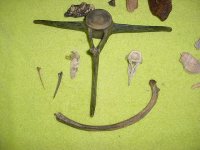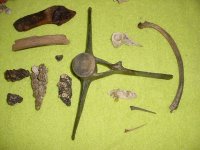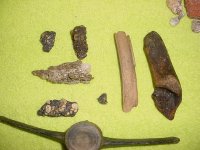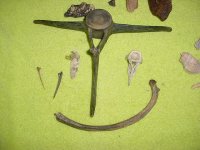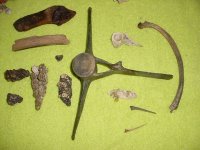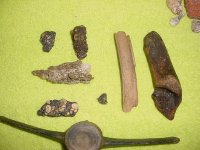R
retro-redux
Guest
Hi there,
My DH, son (8) and I are new to both fossil hunting and metal detecting. We live about an hour from Houston and I'm wanting any info on where to fossil hunt. What about this spliting rocks-how is that done-how do you know a fossil is in that particular rock? Or what I might actually find in my area? Has anyone found any at the Boliver Penisula Beaches or Galveston? My son LOVES all fossils and rocks and really want to get into this hobby but don't know where to begin. Thanks in Advance for any help!
Laura
My DH, son (8) and I are new to both fossil hunting and metal detecting. We live about an hour from Houston and I'm wanting any info on where to fossil hunt. What about this spliting rocks-how is that done-how do you know a fossil is in that particular rock? Or what I might actually find in my area? Has anyone found any at the Boliver Penisula Beaches or Galveston? My son LOVES all fossils and rocks and really want to get into this hobby but don't know where to begin. Thanks in Advance for any help!
Laura





